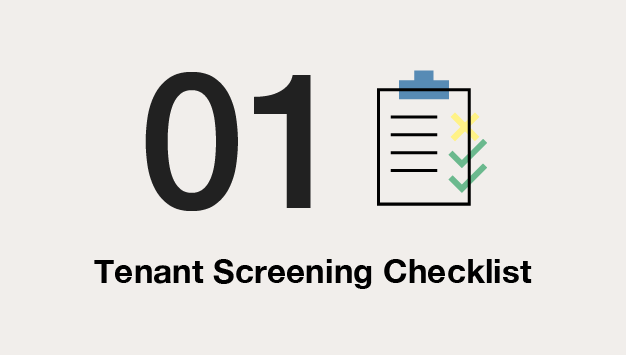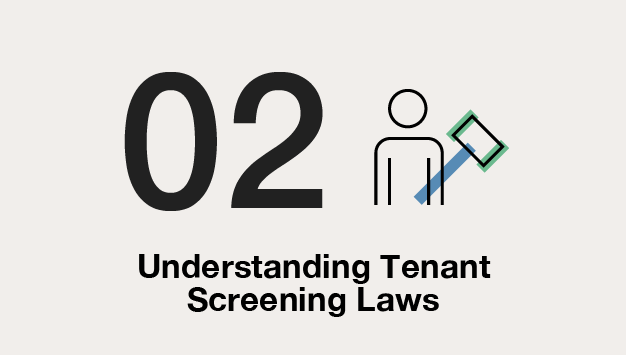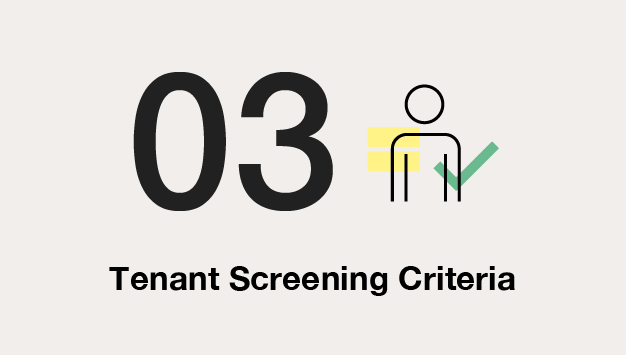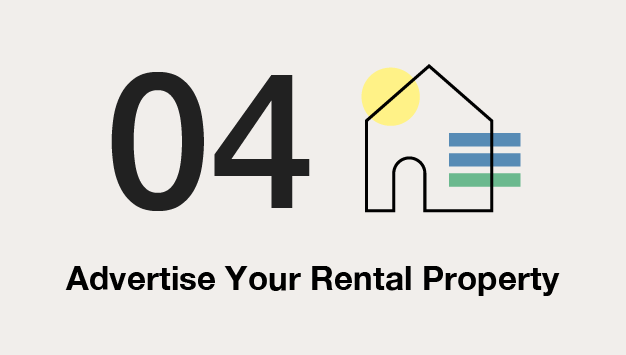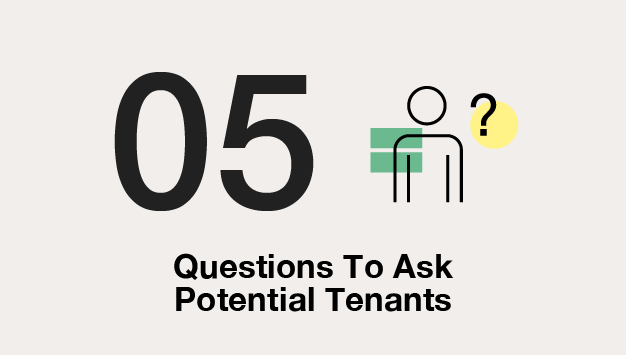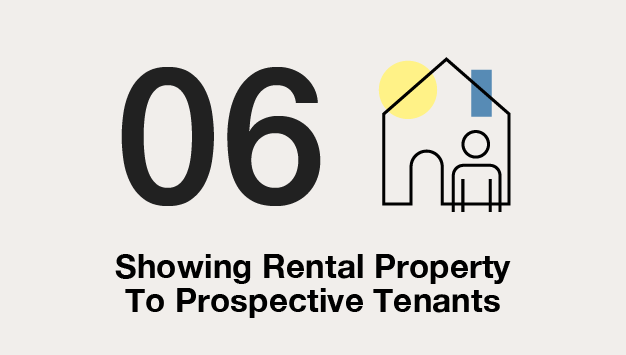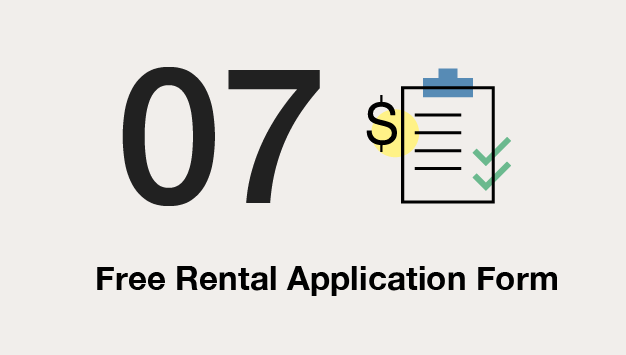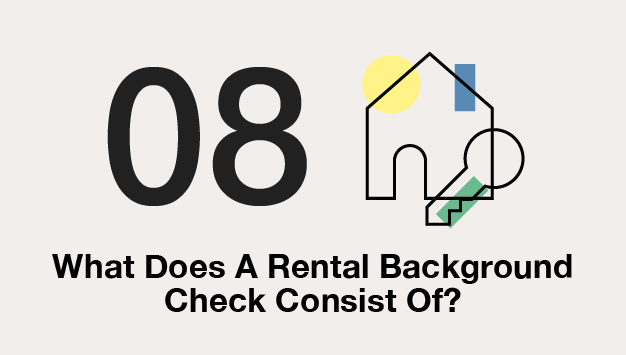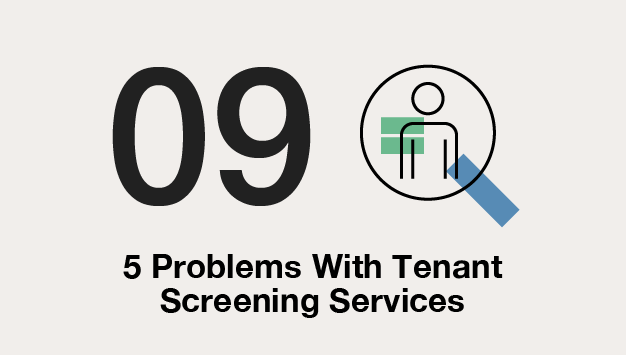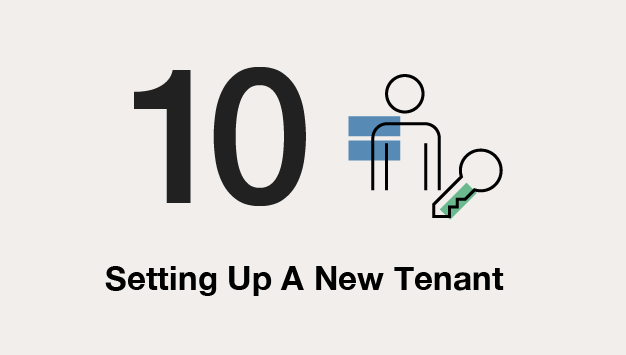RentPrep is your go-to for anything tenant screening. From blog posts, to guides to downloadable landlord forms, we’ve got everything you need while you’re on your rental property journey.
For right now, we’ll start off with a brief one-page checklist for screening a tenant. It’s handy to have a one-pager to gain the bird’s eye view of where we’re headed.
Click Here To Download Our Tenant Screening Checklist [PDF]
The bulleted items below are a clickable list that serves as a table of contents and a guide for this tenant screening checklist. We cover each of these items thoroughly throughout the guide, but we will touch on each subject briefly below. You can click any item in the list above to be taken down the page to that topic.
Tenant Screening Checklist Items:
- Create Tenant Screening Criteria
- Advertise Rental
- Pre-Screen Interested Renters
- Show Your Rental
- Collect Rental Applications
- Run Background Check
- Verify Applicant Details
- Select Tenant
- Issue Adverse Action
- Set Up New Tenant
Using a tenant screening checklist is essential for landlords when looking for prospective tenants, enabling them to make informed decisions based on things such as rental history, creditworthiness, and references. A tenant screening checklist not only streamlines the tenant selection process, but also enhances the likelihood of securing reliable and responsible tenants for the property.
1. Create Rental Tenant Screening Criteria
As you may or may not know, establishing tenant screening criteria is not a fun step. By establishing tenant screening criteria, you’re going to create a go-to guide to review tenant applications with ease. Using criteria, you’ll be able to point to the specific reason they were denied if need be.
Keep in mind, it’s also essential for landlords to avoid potential legal issues in the process because you have the beginning documentation of what seems to be a standard procedure when choosing your tenants.
2. Advertise Rental
If you don’t properly advertise, it may be difficult to get down to the nitty-gritty of well-qualified applicants. If you’re choosing from a pool of at least 10 qualified applicants then you’re increasing your chances of finding the right tenant.
The more places you advertise, the more opportunity to find more tenants. Take the time to read and learn how to advertise your rental the right way.
3. Set Up A Call
Pre-screening renters are one of those “one step back, two steps forward” scenarios. It’s a time-saving hack that any landlord would appreciate.
You don’t want to waste your time showing your rental to every person who expresses interest. In the pre-screening phase, you’ll weed out the tire kickers who don’t meet your minimum criteria. So, setting up a call is a perfect way to do so.
And, sure, if it seems like a good fit, go ahead and move into setting up a rental showing appointment.
4. Show Rental
When you’re showing the rental, there are a few directions you can go. You can decide to do an open house, a block of appointments, or individual showings.
Here’s how to safely show the rental, spot signs of a troublesome renter and how to decrease no-shows.
Our Landlord Facebook community also has tips on showing your rental.
Join the RentPrep For Landlords Facebook Group here.
5. Collect Rental Applications
Rental applications are a crucial part of the tenant screening process. To make things easier and to provide you with a solid base, here is a rental application that will allow you to gather most of the necessary details to screen your tenants.
6. Run Background Check
A large percentage of our clients come to RentPrep because they’ve just been in a bad situation with a renter whether it was non-payment, an eviction, or more. Professional tenants understand the game and how to play it.
Running a background check is your opportunity to discover the superhero renter in a crowd of applicants. Below, you’ll learn about what data is involved with a background check. We will cover in detail precisely what you need to know and consider when reading a rental background check.
7. Verify Applicant Details
Sometimes, you don’t want to just rely on the background check for grading a tenant.
Verifying details such as the current and previous landlord and especially their employment are details you may not want to look beyond. At RentPrep, we’ve made over 60,000+ verification calls. For a quick overview of how to make a rental verification call, check out this video.
8. Select Tenant
This one is the fun part of the process. You’ve done your due diligence and you believe you have a great tenant lined up for your property. Now it’s time to get your new tenant set up and moved in!
9. Issue Adverse Action
You want to make sure you properly deny the applicants you did not choose. You deny an applicant by issuing adverse action. This is a formal way of denying the applicant and is required by law.
10. Set Up New Tenant
It’s time! Let’s set up that tenant in your rental. Although it’s a process in itself to properly place and set up a new tenant, we’ll show you exactly what you need to do.

